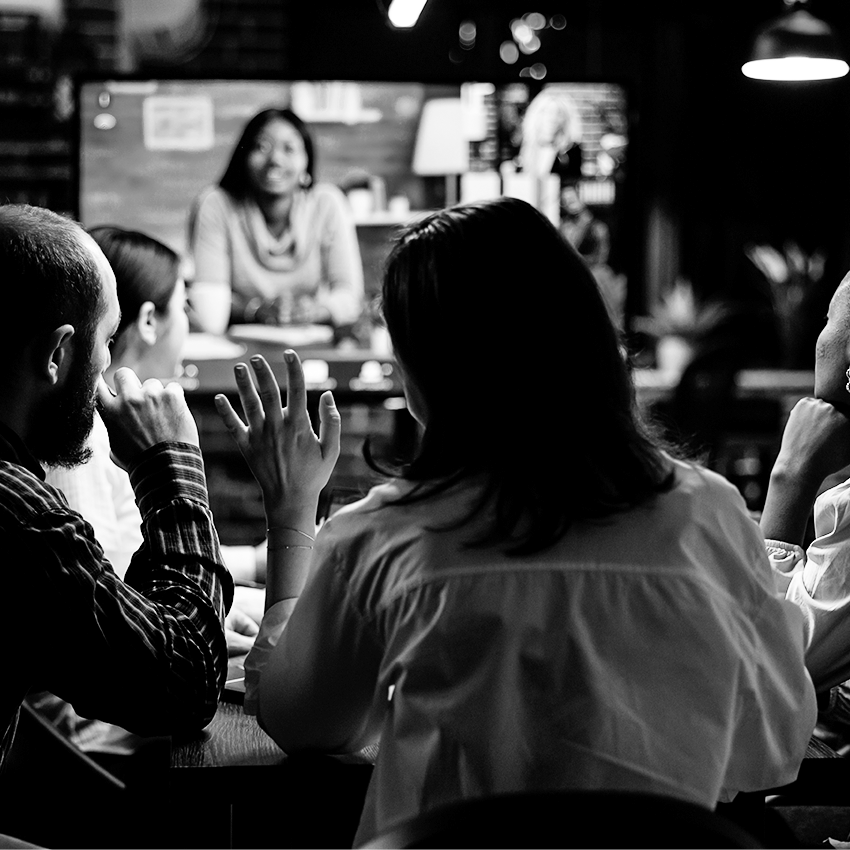
Technology in Education Spaces: Physical, Digital & Hybrid
Environments where educational activities occur, whether physical or digital, must be designed to facilitate teaching, learning and intellectual development. These can vary in form, function and purpose depending on the needs and goals of teachers and learners.
Physical Education Spaces
Physical education spaces are traditional environments where face-to-face teaching occurs. These can be:
- Classrooms
- Laboratories
- Libraries
- Workshops/Studios
- Multipurpose Spaces
Digital Education Spaces
Digital education spaces provide virtual environments for learning, improving the accessibility and flexibility of education. These can be:
- Online Classrooms
- Video Conferencing Platforms
- Virtual and Augmented Reality (VR/AR) Spaces
What Makes an Effective Education Environment?
When designing education spaces, we typically consider the following aspects:
Accessibility
Education spaces must be inclusive and accessible for all learners, regardless of their physical abilities or learning needs
Flexibility
Create adaptable education spaces that can be reconfigured to accommodate a variety of teaching methods, group sizes and activities
Technology Integration
Incorporate digital tools, interactive displays and internet connectivity to enhance the learning experience
Collaboration
Design education spaces that encourage group work, discussions and peer learning, in person and online
Comfort and Wellbeing
Support the physical and emotional wellbeing of learners by encompassing appropriate lighting, seating, ventilation and noise control
Engagement
Leverage design and layout to create stimulating environments that capture students’ interest and facilitate active learning
Hybrid Education Spaces
The growing demand for flexibility is compelling educational institutions to adopt hybrid spaces. These spaces combine physical and digital environments to offer a comprehensive learning experience. These can be:
- Hybrid Classrooms – some students attend in person whilst others participate online
- Flipped Classrooms – in person learning time is dedicated to interactive activities whereas online learning uses digital resources for homework
To learn more about incorporating technology into education spaces, get in touch to find out how we can help you.
The growing demand for flexibility is compelling educational institutions to adopt hybrid spaces.